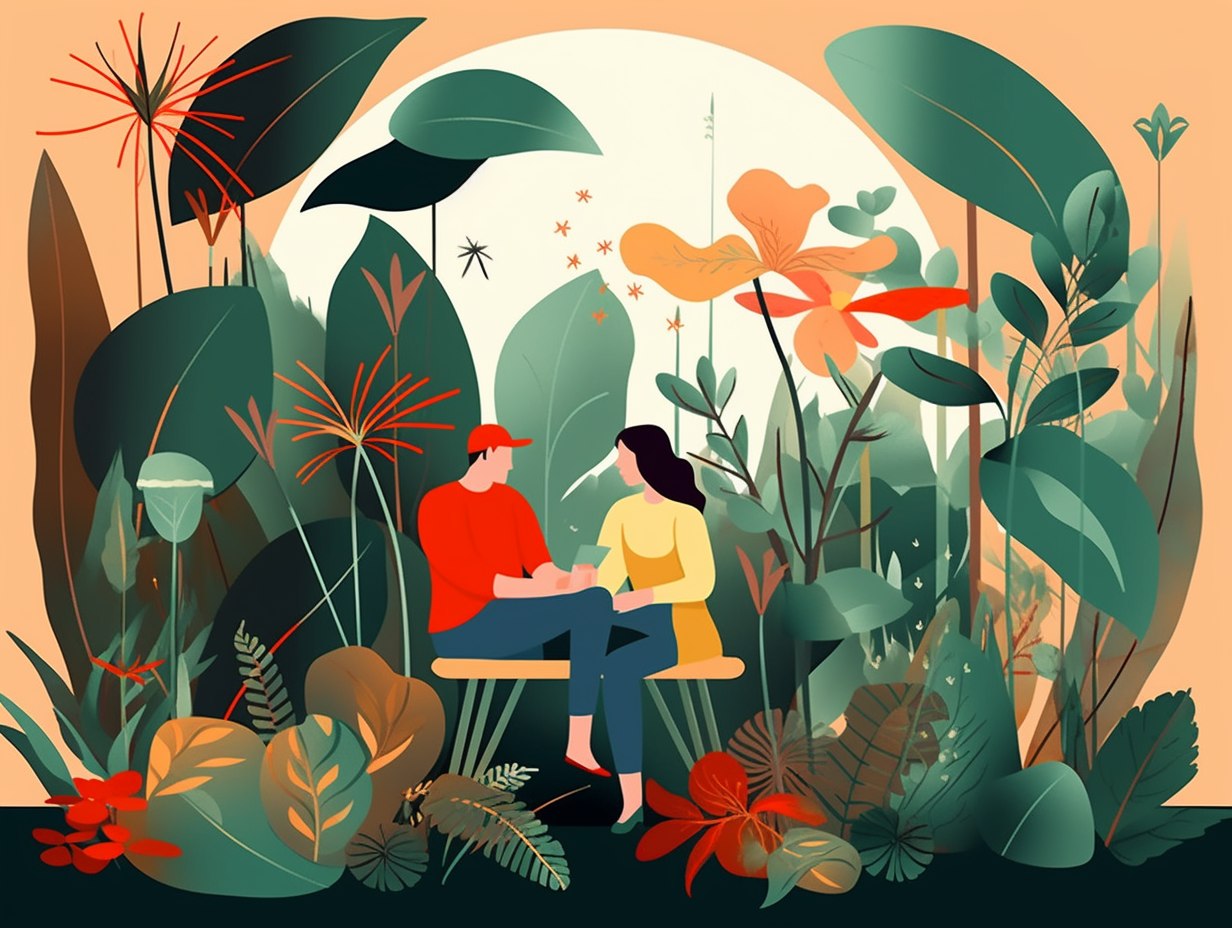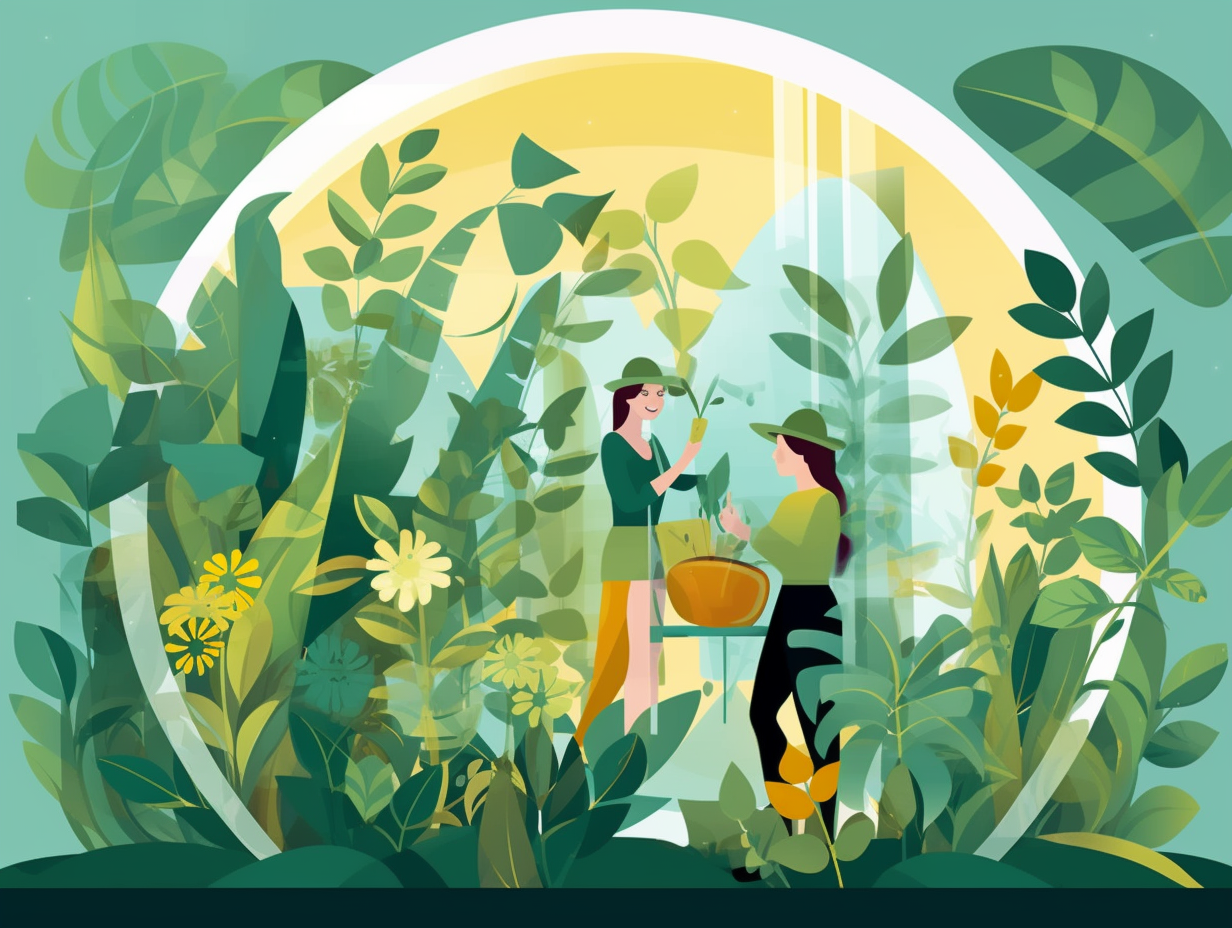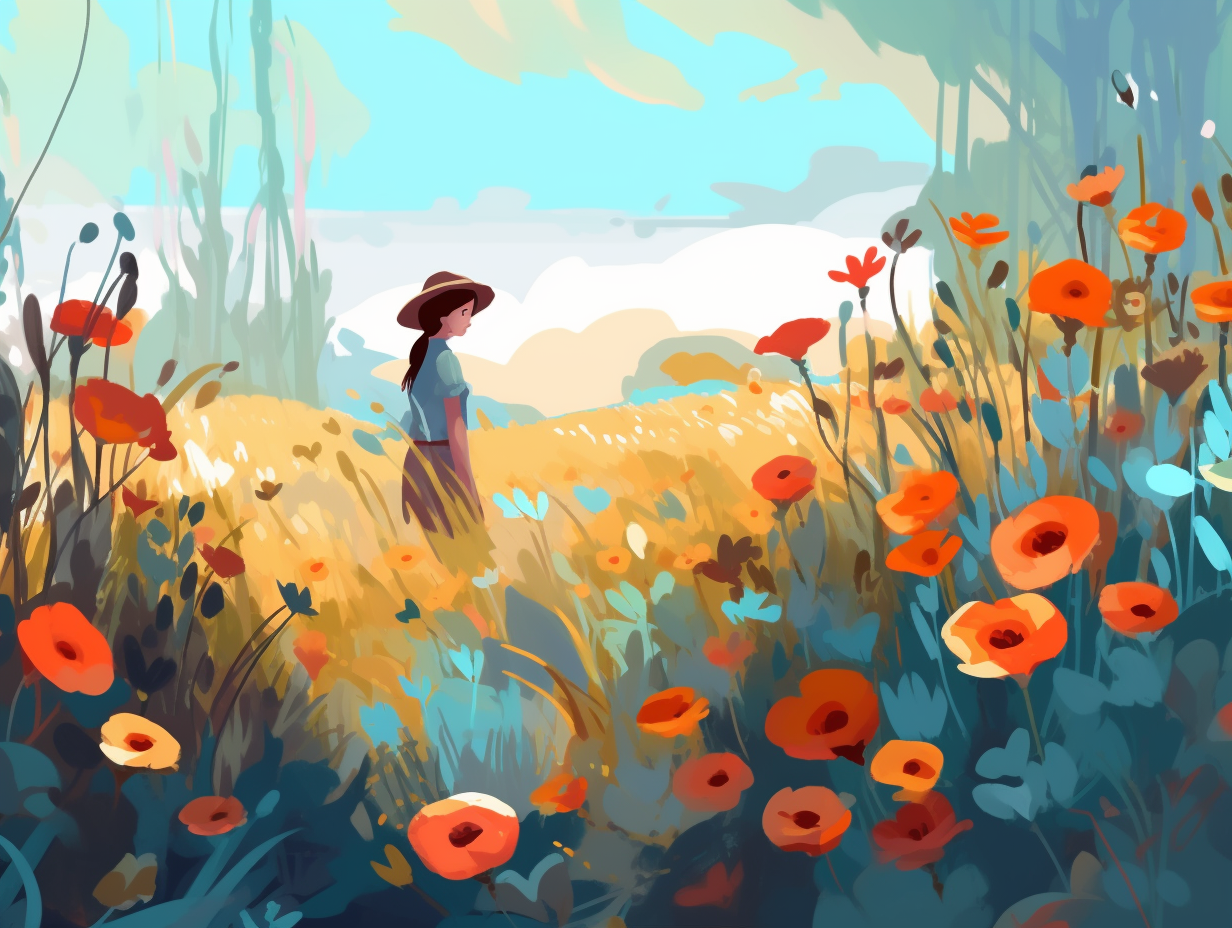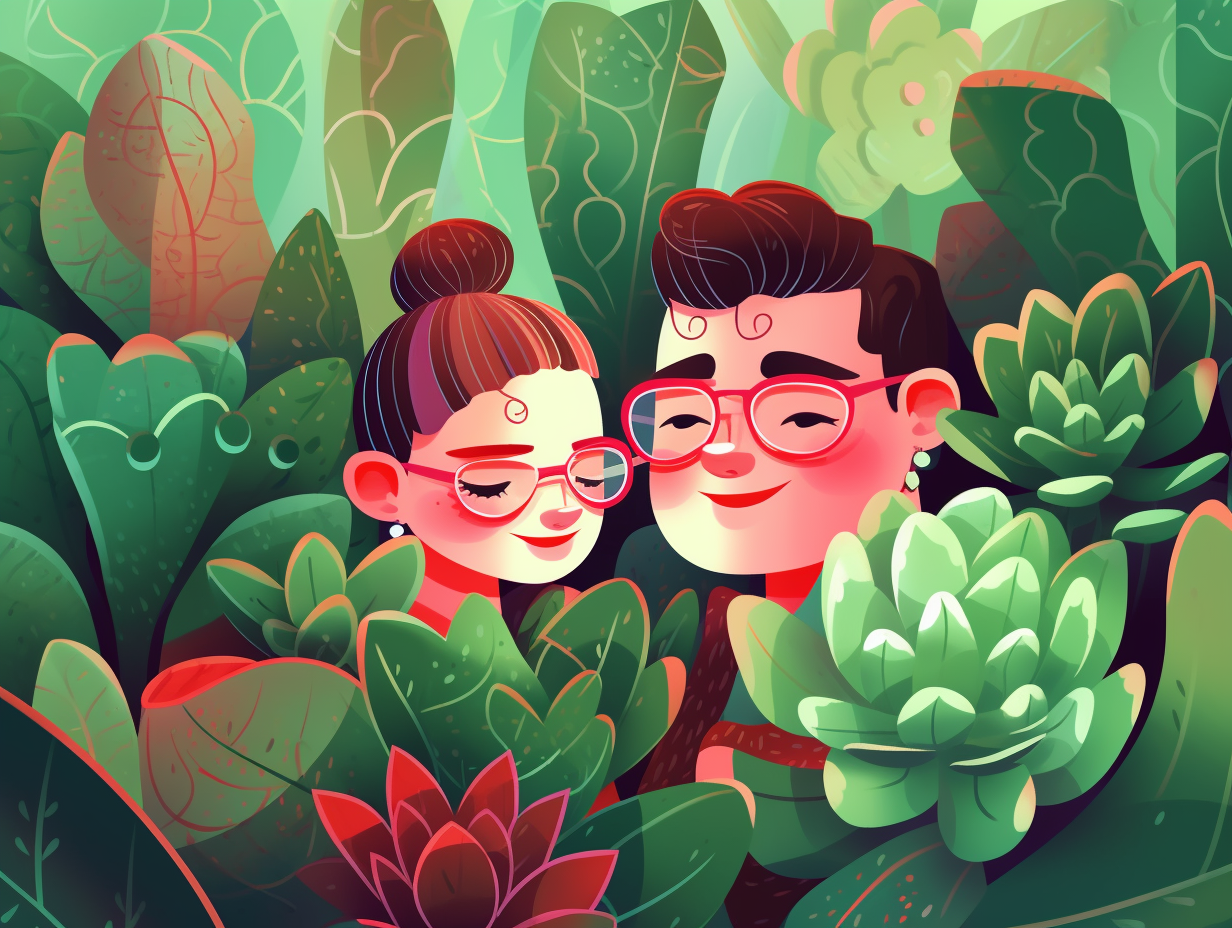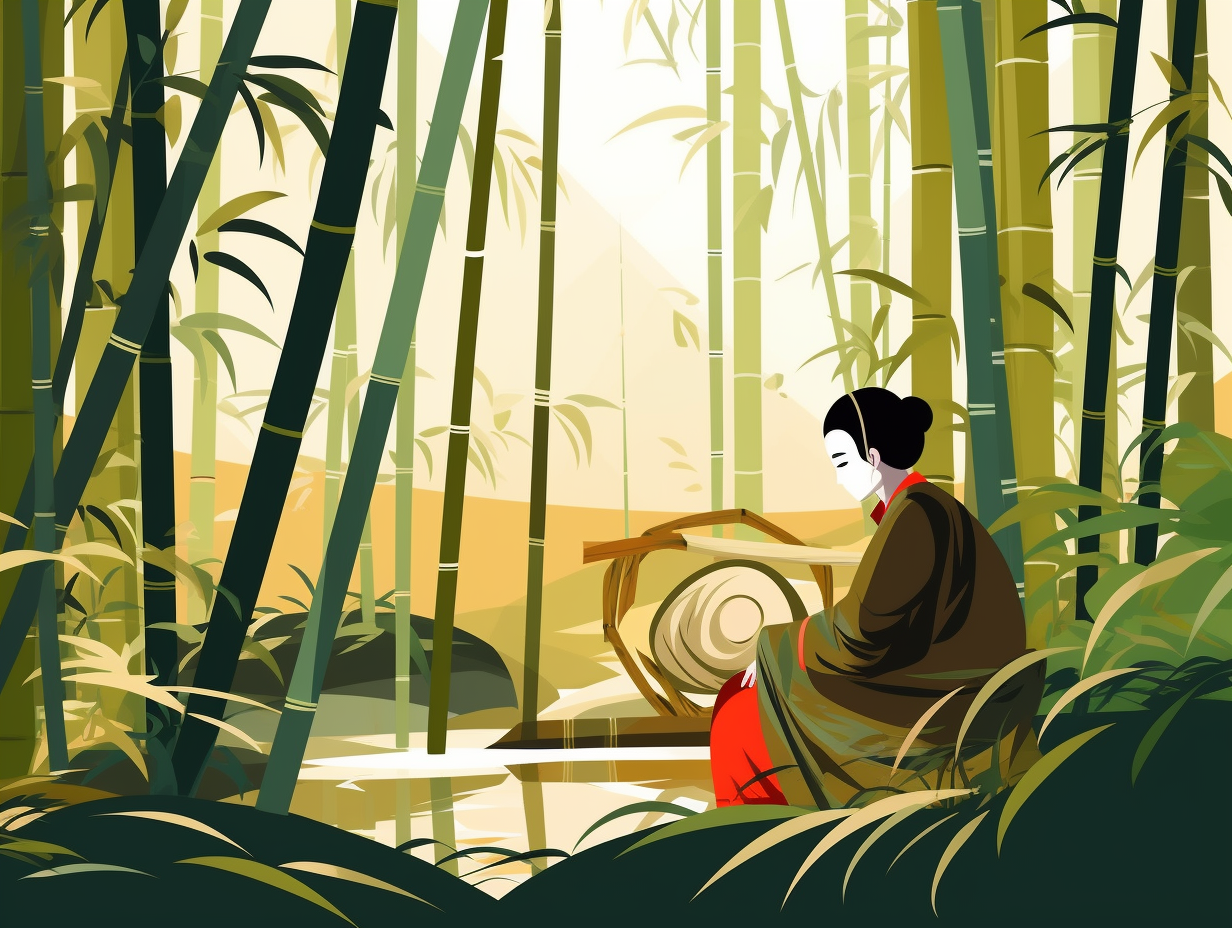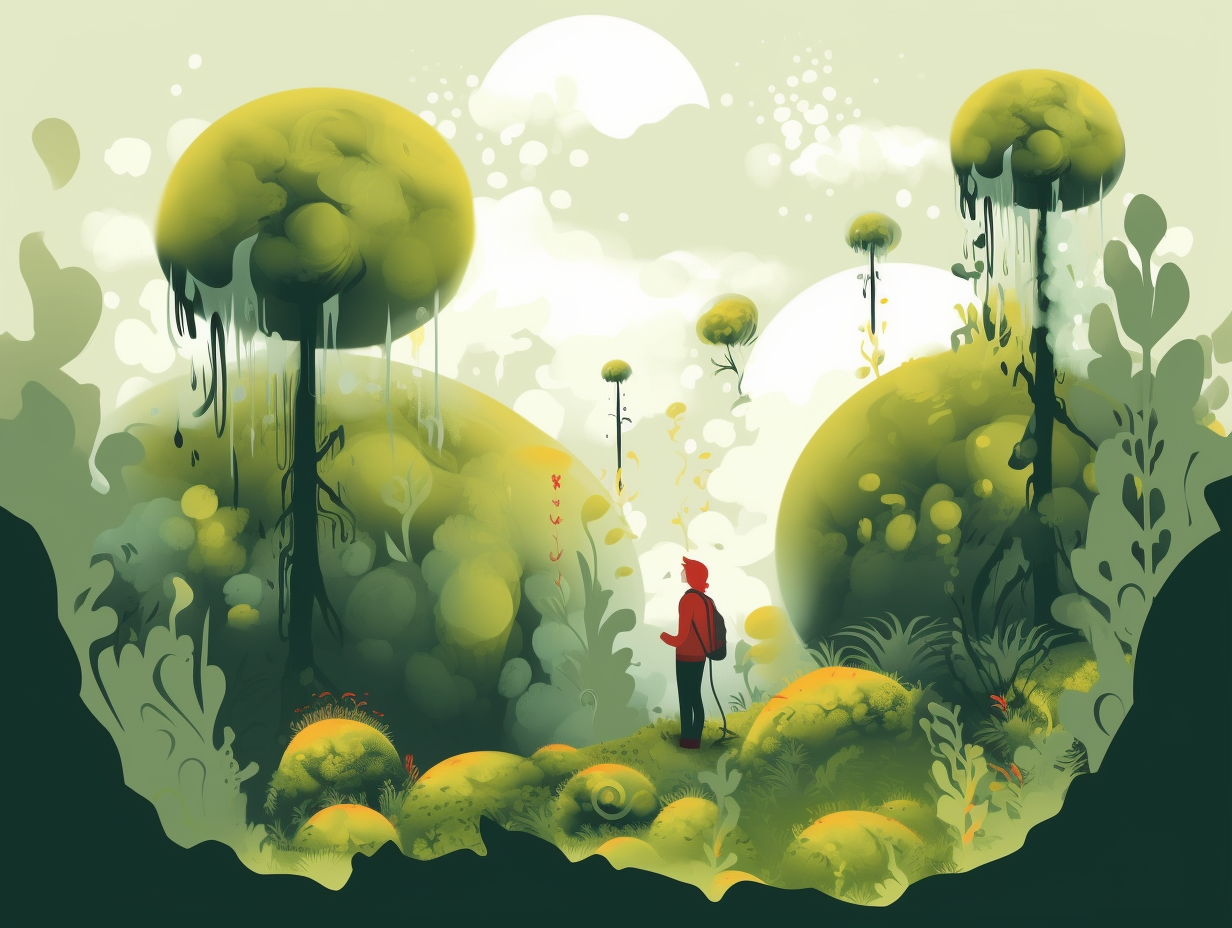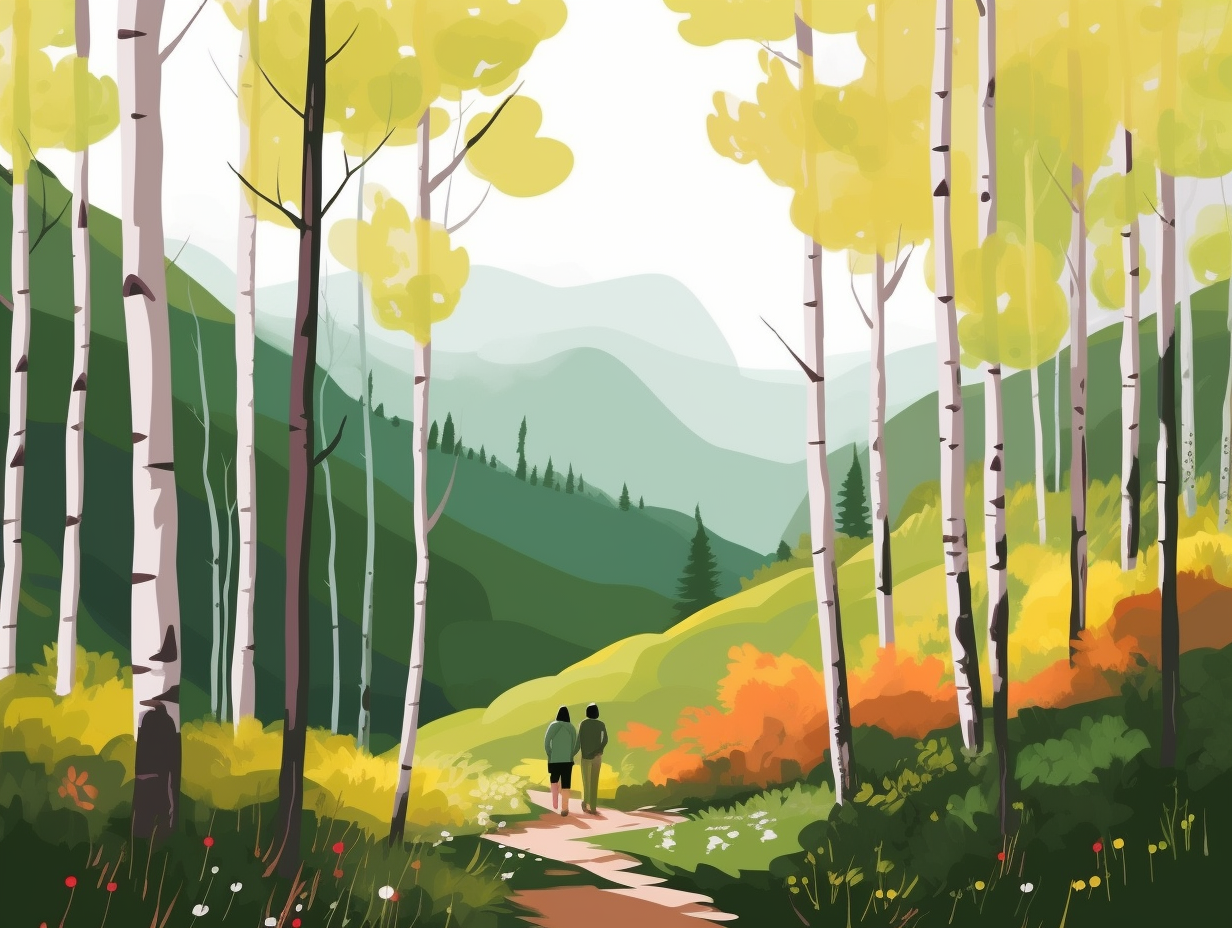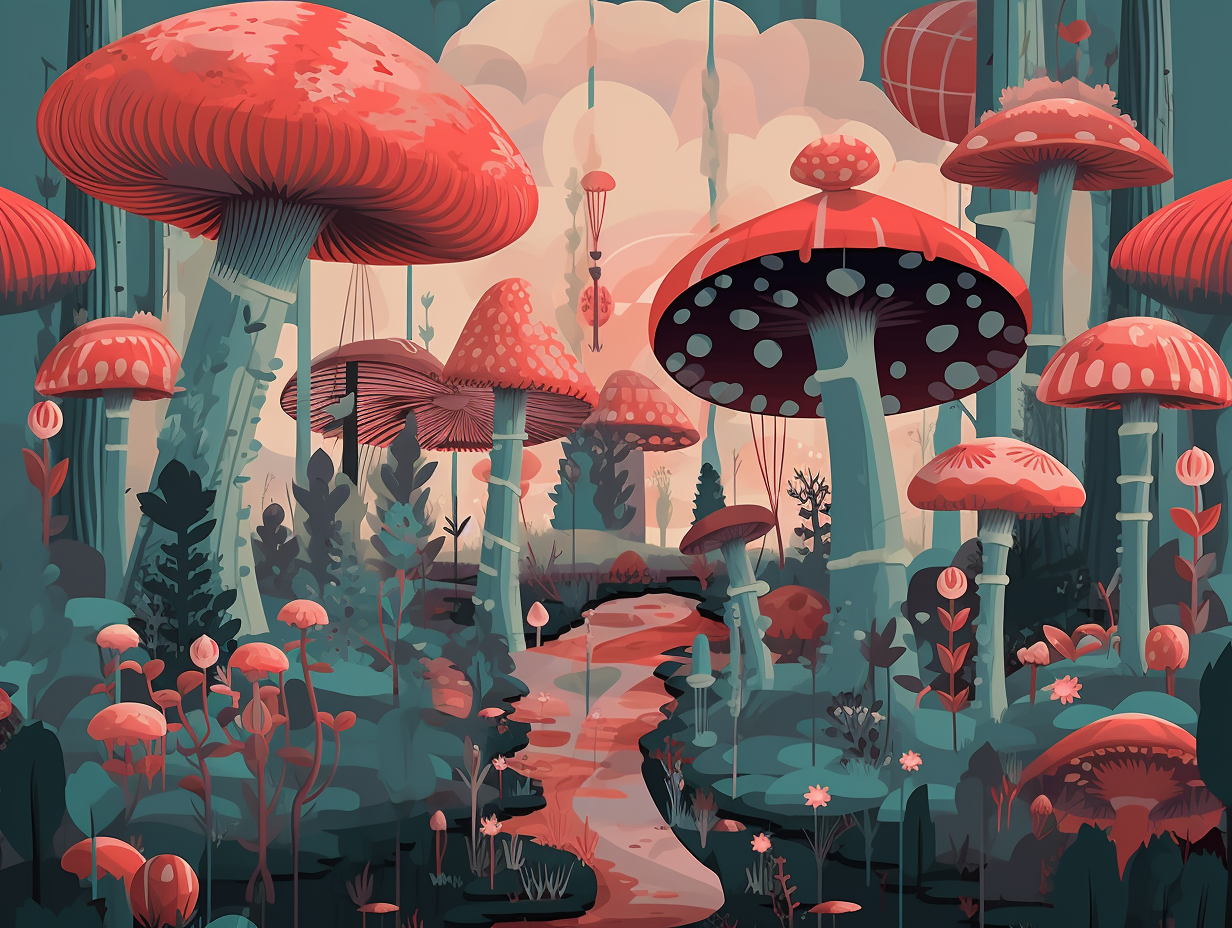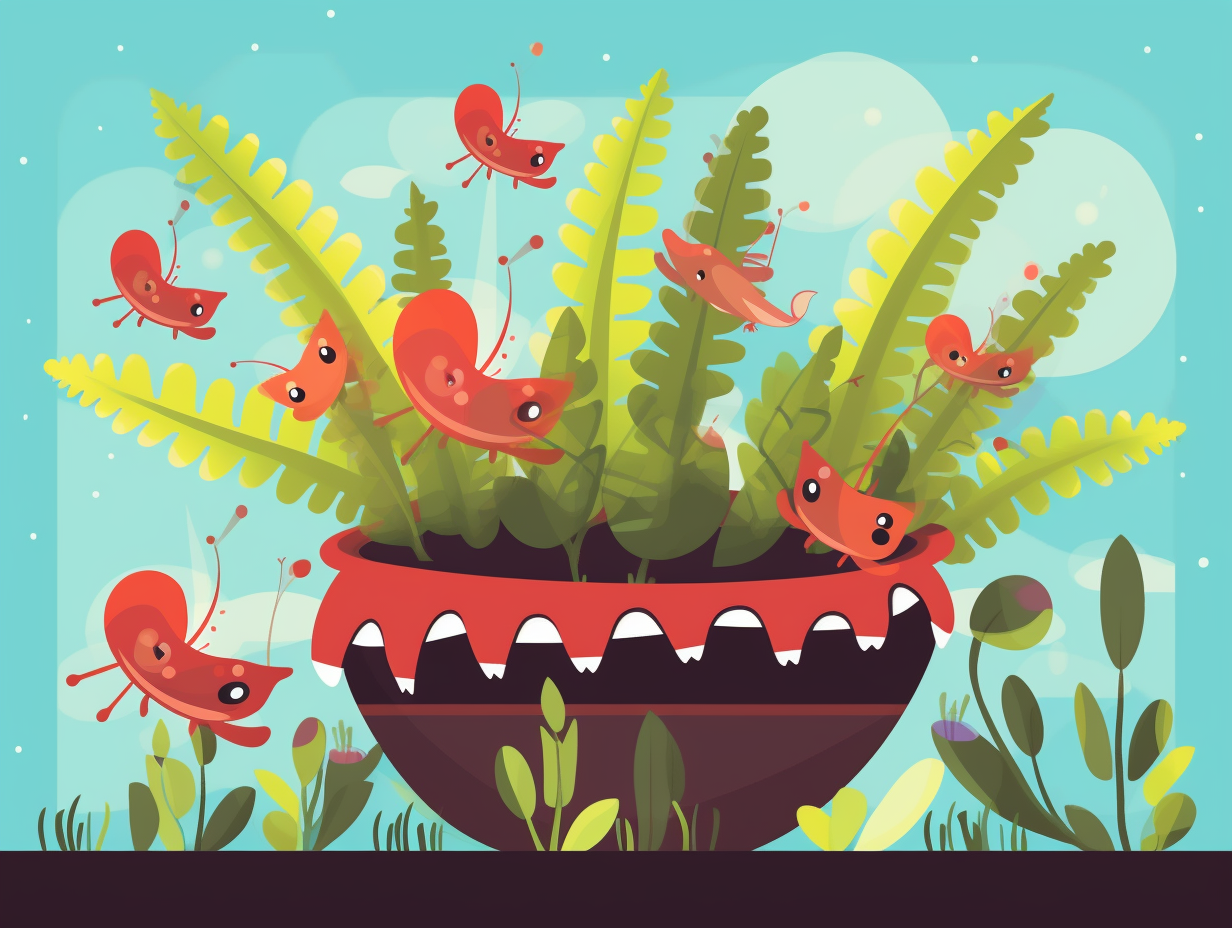Sprouting Surprises: Top 12 Fun and Fascinating Facts About Germination You Need to Know

1. Seed Dressing Speedsters
When it comes to speedy sprouting, dressing seeds is no tuxedo-wearing affair: utilizing the right seed dressing can accelerate germination and emergence, supplementing the seed coat's nutrients, boosting vigour, and even promoting shoot growth with the addition of cytokinins like zeatin.
Source => taurus.ag
2. Peas' and Beans' Spa Day
When peppy peas and boisterous beans need a spa day before breaking out into the world: soaking seeds in water prior to planting encourages successful germination, as it softens seed coats and makes it easier for them to absorb moisture. This is especially helpful for hard-coated seeds like fava beans, beets, cucumbers, corn, squash, and peas, which may require 8 to 10-hour soaks, while more delicate seeds, such as snap beans, benefit from 2 to 4-hour dips.
Source => gardenbetty.com
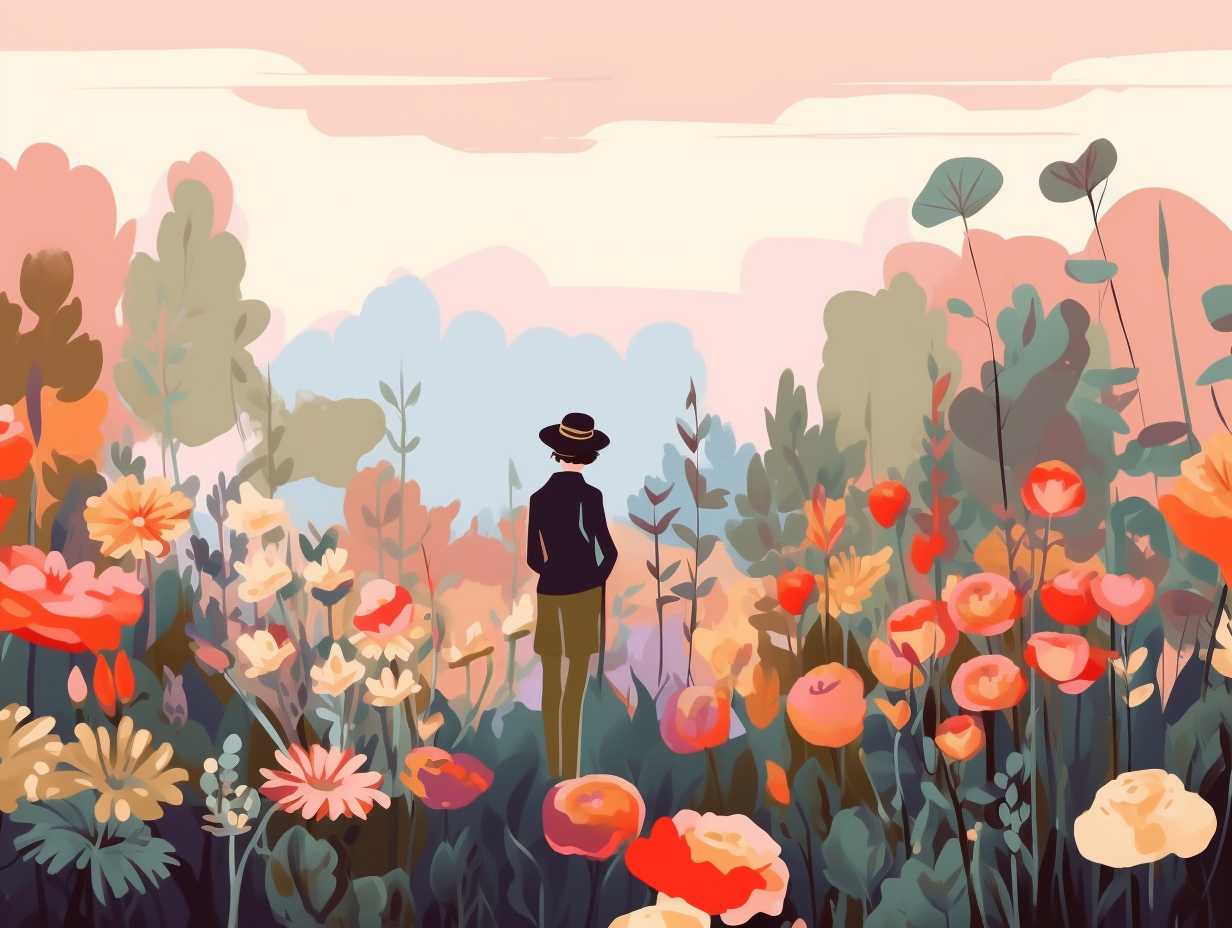
Discover the jungle's gigantic, smelly superstar: the titan arum, or corpse flower, boasting a staggering 6 to 8 feet in height, a bloom diameter close to 3 feet, and gigantic leaves! 🌺💀🌿
=> Fun Facts about Flowers
3. Seeds: Underwater Escape Artists
Seeds must think they're underwater escape artists, secretly training to be the next Harry Houdini: They need oxygen to survive and grow, but too much water can drown them, cutting off their access to oxygen and leading to non-germination, so it's crucial to balance moisture and breathability for successful sprouting.
Source => sili-seedlings.com
4. Tobacco Plants' Smoke Signals
If you thought smoke signals were just a figment of your imagination, you’ll be shocked to find out that Mother Nature got wind of the idea first: tobacco plants have been germinating for over 7,000 years, growing up to 60 inches tall and 36 inches wide, transforming from minuscule seeds to leafy giants.
Source => trueleafmarket.com

5. Tomato Seeds' Digestive Rollercoaster
Tomato seeds, those sassy little red escape artists, have mastered the art of surviving a stomach-turning rollercoaster ride through an animal's gut, only to emerge victorious and ready to sprout: They sport a protective impermeable outer layer which allows the embryo to endure the digestive journey, while other seeds like raspberries and blackberries require a good old-fashioned acid scrub from stomach acids to allow water and air to seep in, kickstarting their germination process.
Source => nytimes.com
6. Smoke Break for Seed Warmth
Next time you're chilly, just imagine you're a seed: it turns out they love a smoke break to stay toasty! And we aren't making this up: seed germination can be improved in cold temperatures with the help of butenolide, a compound found in smoke that stimulates seed growth and can even protect them from temperature stress.
Source => ncbi.nlm.nih.gov
7. Sunflowers' Giant Beanstalks
Who needs giants to grind bones when sunflowers can scale beanstalks of their own: Sunflowers, particularly the larger varieties, can stretch up to an incredible 16 feet tall - surely delighting Jack, gardeners, and bees alike, while their smaller counterparts make the ideal choice for container gardens or a humbler patch, and each plant creating a single, seed-packed sunflower head to spread their towering legacy.
Source => almanac.com
8. Arabidopsis - The Einstein of Seeds
You know how they say you can't teach an old dog new tricks? Well, Arabidopsis, the Einstein of plant species, begs to differ with its seed germination performance: Arabidopsis, a genetics research star, goes through embryo development and seed maturation that help it accumulate food reserves, develop dormancy and desiccation tolerance to survive harsh conditions. It masters the art of breaking seed dormancy through after-ripening or exposure to cold or light, and then puts on a two-act germination play titled "The Rupture of Testa" followed by "The Endosperm Strikes Back."
Source => ncbi.nlm.nih.gov
9. Plants Playing Red Light, Blue Light
In a shocking twist, it turns out plants prefer a good game of Red Light, Green Light, but with a special guest appearance by the color blue: Cheilanthes farinosa, a unique fern, has germination controlled by exposure to red and blue light, with red light promoting growth unless interrupted by blue light, and a higher intensity of red light canceling the inhibition by blue light.
Source => ncbi.nlm.nih.gov
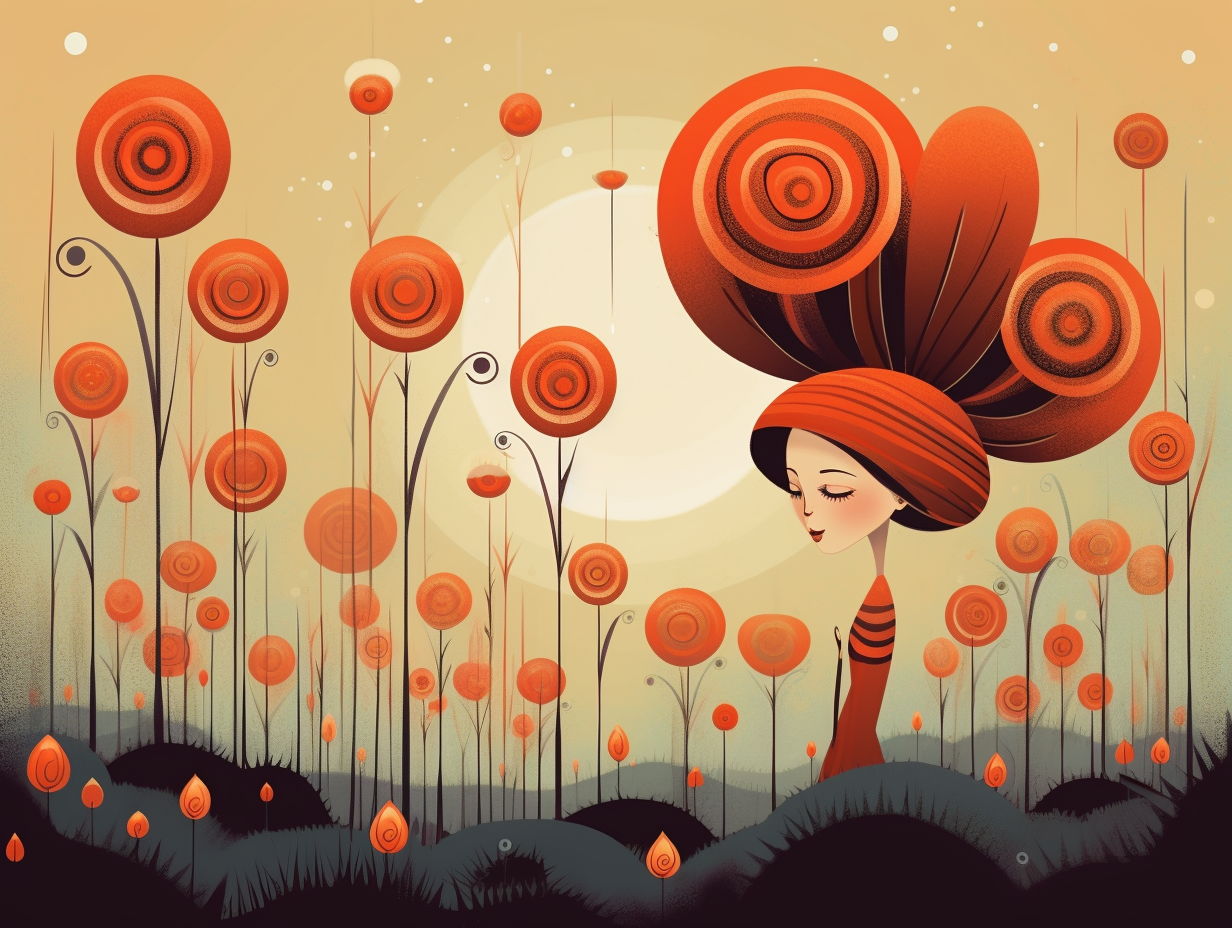
10. Plants Dating Themselves with Apomixis
Talk about skipping the birds and the bees – some plants can simply "seed" themselves! Apomixis, a clever reproductive loophole, lets certain plants dodge the dating game and play matchmaker to their own DNA: Instead of traditional sexual reproduction, these plants form apomictic seeds which develop without fertilization, resulting in offspring with genetic variations, but not exact clones of the parent plant.
Source => ncbi.nlm.nih.gov
11. Soil Seed Banks' Hidden Stories
Whoever said "don't judge a book by its cover" must have been talking about soil seed banks – those sneaky, below-ground libraries storing all sorts of sly seeds: The species present in the seed bank may not necessarily reflect the current standing vegetation due to variations in dispersal mechanisms, revealing thrilling tales of past, present, and potential future vegetation.
Source => mdpi.com
12. Seeds' 1799 Party Tricks
Seeds surely know how to party like it's 1799: they store and release proteins and other substances from their dead seed coats upon hydration, assisting in seed persistence, germination, and seedling establishment with the help of stress-associated proteins and even antimicrobial compounds.
Source => ncbi.nlm.nih.gov
Related Fun Facts

